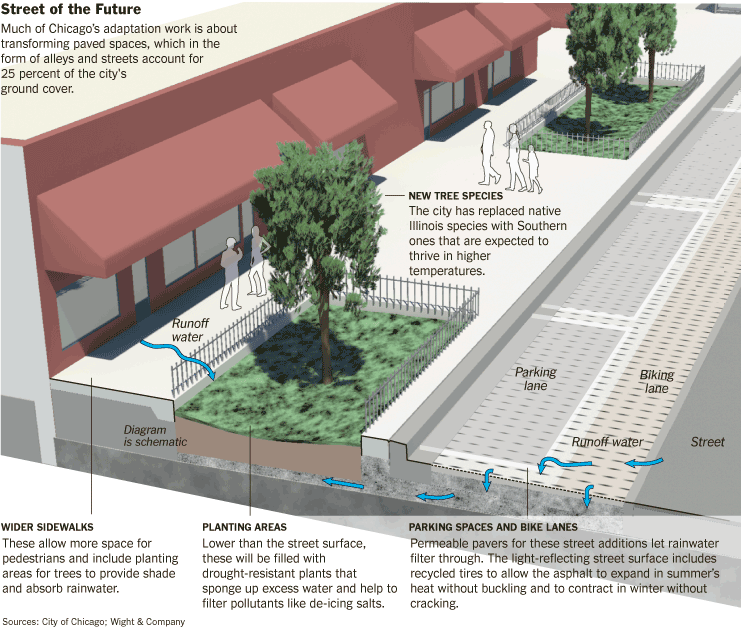Research Papers:
Chicago’s transportation history: Informing the future of sustainable transportation planning
Abstract: Chicago’s rich transportation history results from a unique geography and continues to impact sustainable transportation today. Specifically, the historical geography of waterways, rails, and roads is analyzed to understand how urban planning can improve sustainable transportation now and in the future. The 1909 Burnham Plan and the 2008 Chicago Climate Action Plan are analyzed to determine the trajectory of sustainable transportation. Findings show how Chicago’s transportation history is linked to the present and future, and what specific strategies need to be implemented addressing waterways, rails, and roads.
Keywords: urban planning, historical geography, Chicago, transportation, sustainability, cartography
Freeway Deconstruction: Impacts and Prospects
Abstract: Freeway deconstruction signifies an abrupt shift in urban policy. After 50 years of the greatest road-building binge in world history, cities since the 1960s have considered the benefits of road removal and increasingly incorporated it into their urban planning toolkit. Priorities are shifting away from designing cities to enhance mobility, and toward promoting livability. This paper explores the social, economic, and environmental impacts of road removal, and whether a freeway deconstruction project could realistically occur in Richmond, through an analysis of case studies in road removal. I conclude Richmond is not presently situated to begin a freeway deconstruction project, and suggest steps to consider moving forward.
Keywords: freeway deconstruction, road removal, Richmond, human-environment, transportation, urban planning
Other Information:
The assigned reading discusses an experiment on how urban areas impact plant species richness. Because urban areas are generally one of the places with a higher plant biodiversity, its maintenance is important when creating human infrastructure and a built environment.
von der Lippe, Moritz and Ingo Kowarik. 2008. Do cities export biodiversity? Traffic as dispersal vector across urban-rural gradients. Diversity and Distributions. 14: 18-25
Both of the clips below show new transportation ideas that benefit people and the environment in numerous ways. Some benefits include improved safety, lower transportation costs, facilitating community, increasing property value, mitigating stormwater runoff, and increasing biodiversity, amongst others. While watching the clips, think about what ways benefits achieved by the illustrated transportation ideas? Also, What are the tradeoffs?
This clip shows San Francisco’s mass movement to reclaim automobile spaces and replace them with parks. Over two dozen spots were occupied by people, transformed into creative parks. This annual event has spread to New York City as people make their statement for more green space and less automobile space in the urban environment.
This diagram shows the utility of permeable pavement in urban areas as a part of a complete street. Complete streets adhere to a set of rules that makes street spaces safe and attractive means for all modes of travel.

